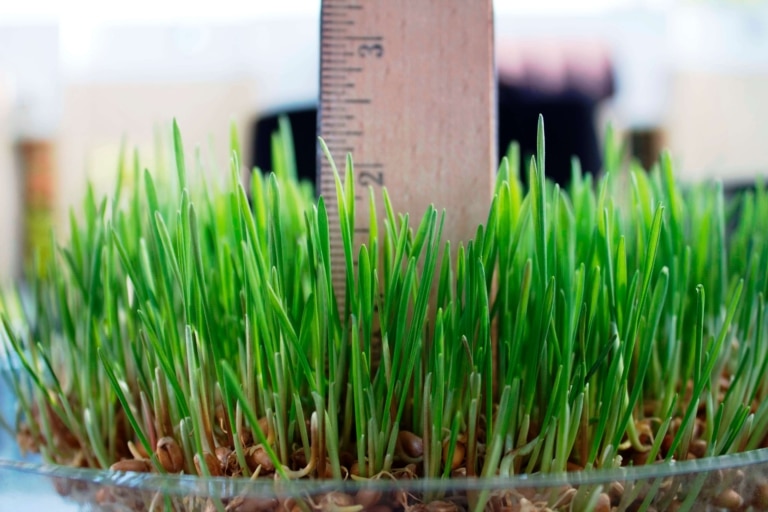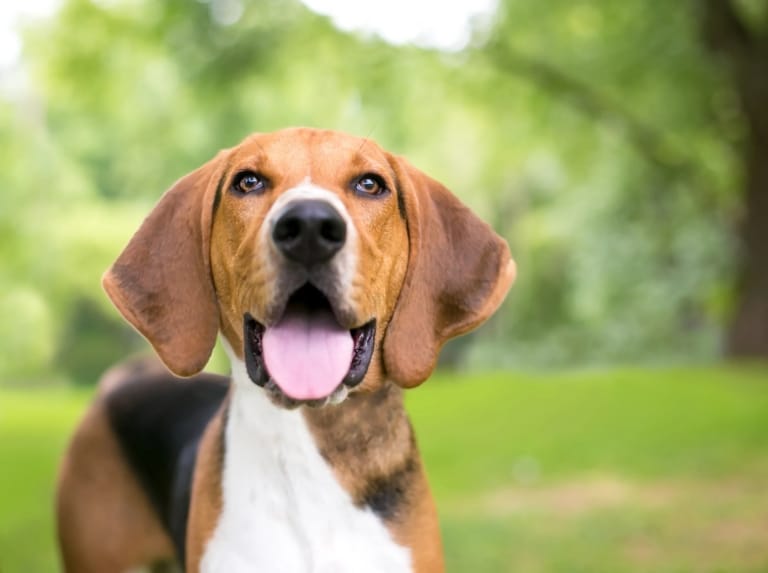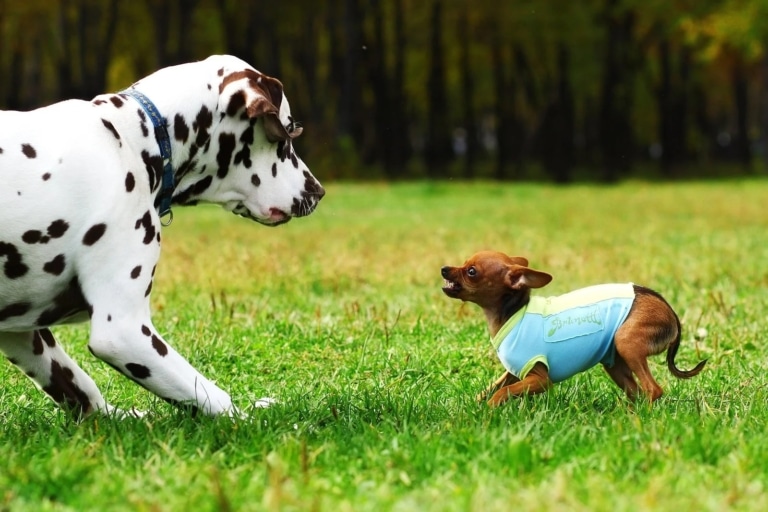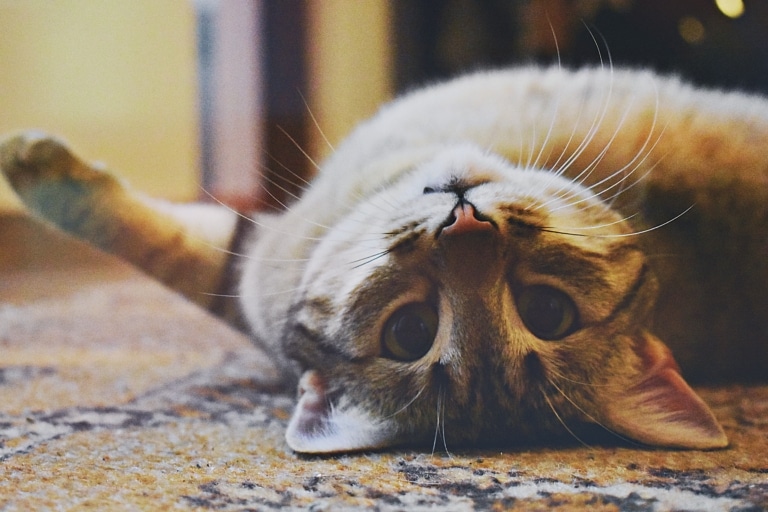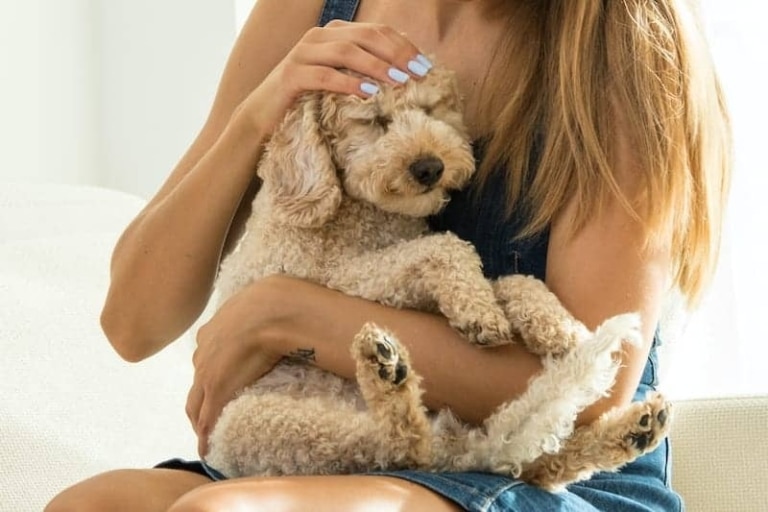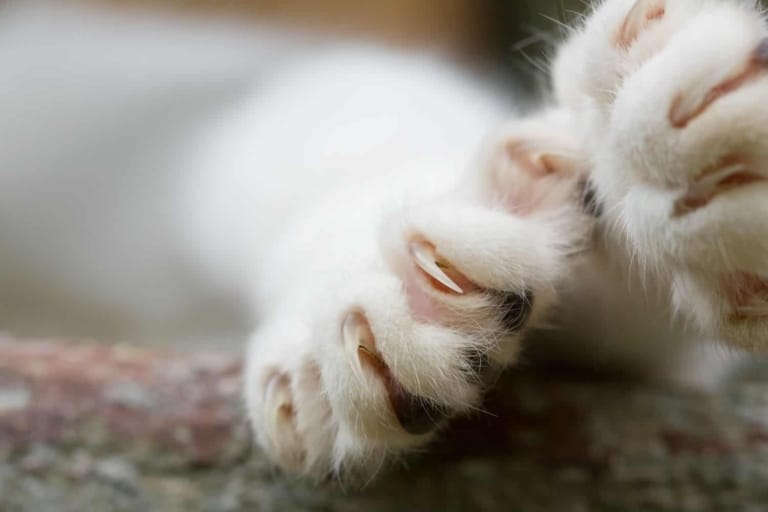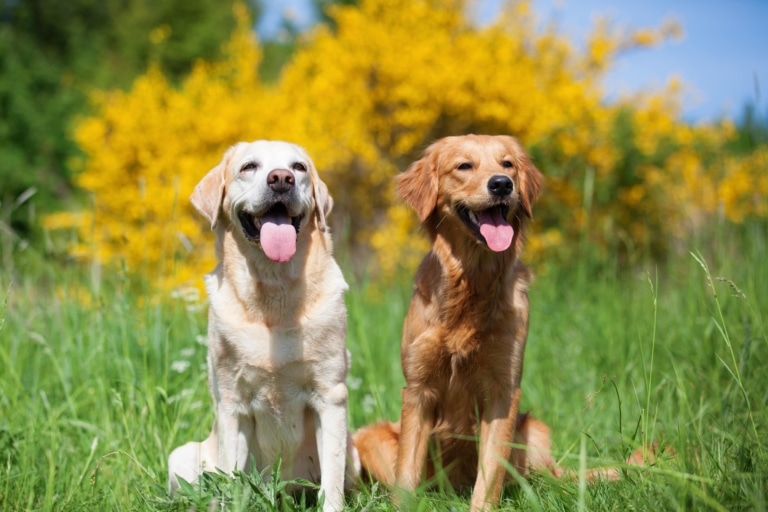Sprouted grains and sprouted seeds are a great addition to the basic diet of pets. Fresh sprouts or dry ground sprouts are added to food for cats, dogs, birds and even aquarium fish. This supplement improves the overall health, coat and plumage of animals.
In this article we will talk about the benefits of sprouted grains, the benefits of sprouts for dogs, cats and parrots, as well as give the most effective tips on how exactly to sprout grains and seeds at home.
Parrots need sprouts, probably more than other pets, because in nature they eat seeds in the stage of milk ripeness – soft, with high moisture. Therefore, sprouted grains are a food that is natural to them. Almost all sprouted grains, seeds and legumes are suitable for a healthy diet for birds, including parrots.
Cats need the greens of oats, rye and wheat. These sprouts in their diet support proper digestion and normalize intestinal function. Also, greens help to eliminate undigested hairballs from the gastrointestinal tract of these animals. In general, sprouts are rich in nutrients, which is important for keeping cats healthy.
Dogs are most fond of broccoli sprouts, peas, rye, wheat and barley. If dogs have an unbalanced diet, you should introduce fresh grass from these plants into their diet. It will replenish the supply of trace elements, which in turn will give activity and improve the health of the animals in general.
In addition, sprouted grains are useful for rabbits, guinea pigs, hamsters, turtles, chinchillas and rats. ⠀
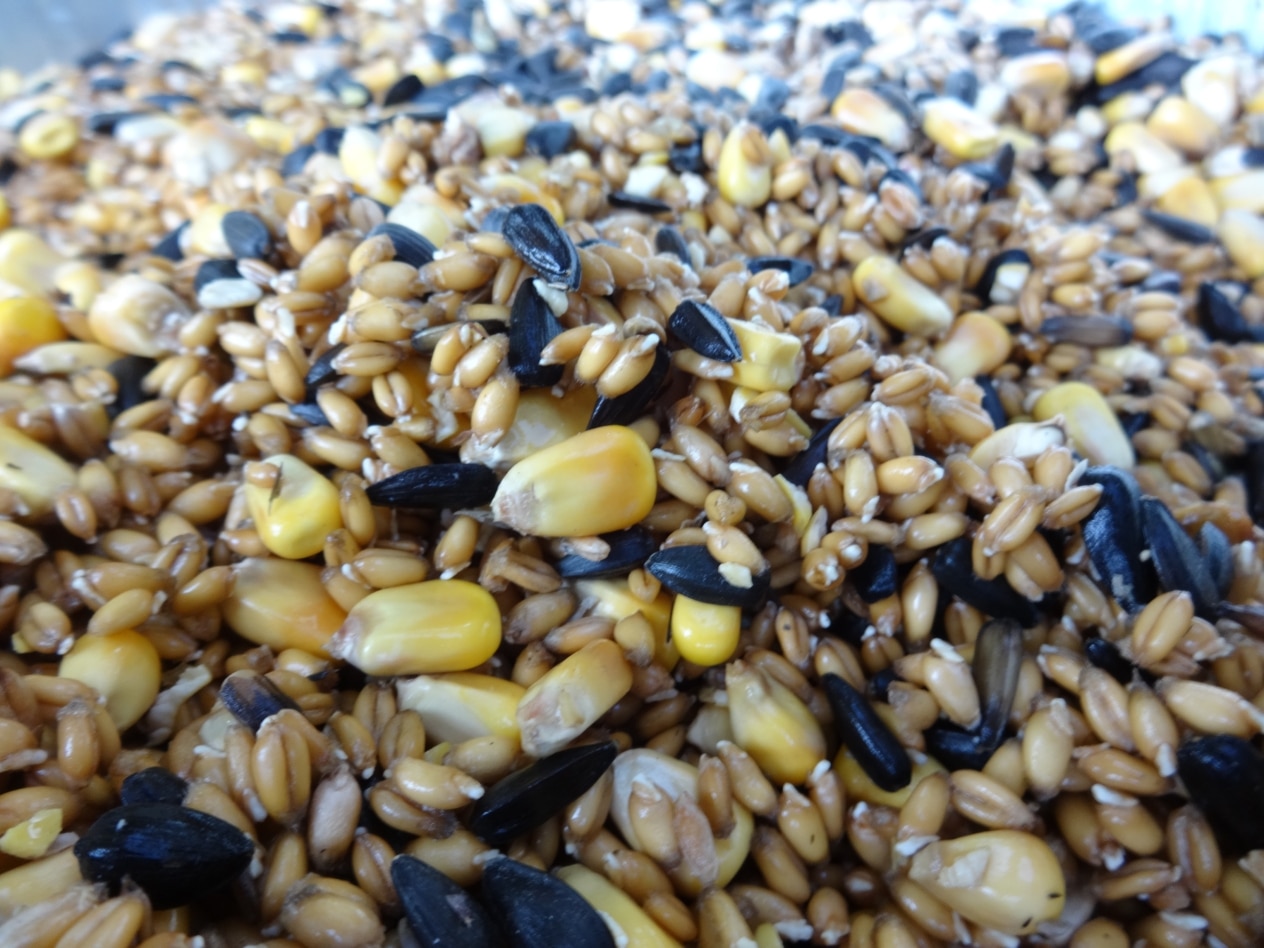
Benefits of sprouted grains for dogs
Sprouted grass for dogs is useful because they are a source of antioxidants, proteins, vitamins B and E, fiber and trace elements such as iron, potassium, magnesium and zinc. All these components strengthen the immune system, increase energy and activity, normalize the digestion of pets and improve the condition of their skin and coat. In general, sprouted grain is better digested than dry, because during sprouting enzymes are formed in it. These make the nutrients more available to the dog’s body.
Sprouts must be properly introduced into the dog’s diet. Firstly, sprouted grains should be given fresh to retain all the beneficial substances. Secondly, it is better to start introducing them with a small amount to avoid problems with the digestion of the animal. During this period, it is necessary to observe the reaction of the pet to the new product in the diet. Thirdly, it is better not to give an excessive amount of sprouts, as this can lead to an imbalance in the diet.
Benefits of sprouted grains of grass for a cat
Most likely, pet owners have noticed their interest in green grass due to their pets’ instinctive needs, and cats are no exception to this. Grass for cats is very beneficial for them because it improves digestive processes, provides these animals with essential antioxidants, vitamins, and minerals, which strengthens their immunity and tones the body as a whole. The fiber found in sprouts helps the hair that enters the cat’s stomach during licking pass through the digestive tract better and faster, and the fiber also prevents hairballs from sticking together and lingering in the stomach. In general, sprout fibers stimulate the processes of self-cleaning and removal of toxins from the cat’s body.
In general, sprouting activates the nutrients in the grains and increases the vitamin and other nutrient content of the sprouts. Therefore, their introduction into the cat’s diet is an effective way to enrich it with natural nutrients and thereby support the pets’ health.
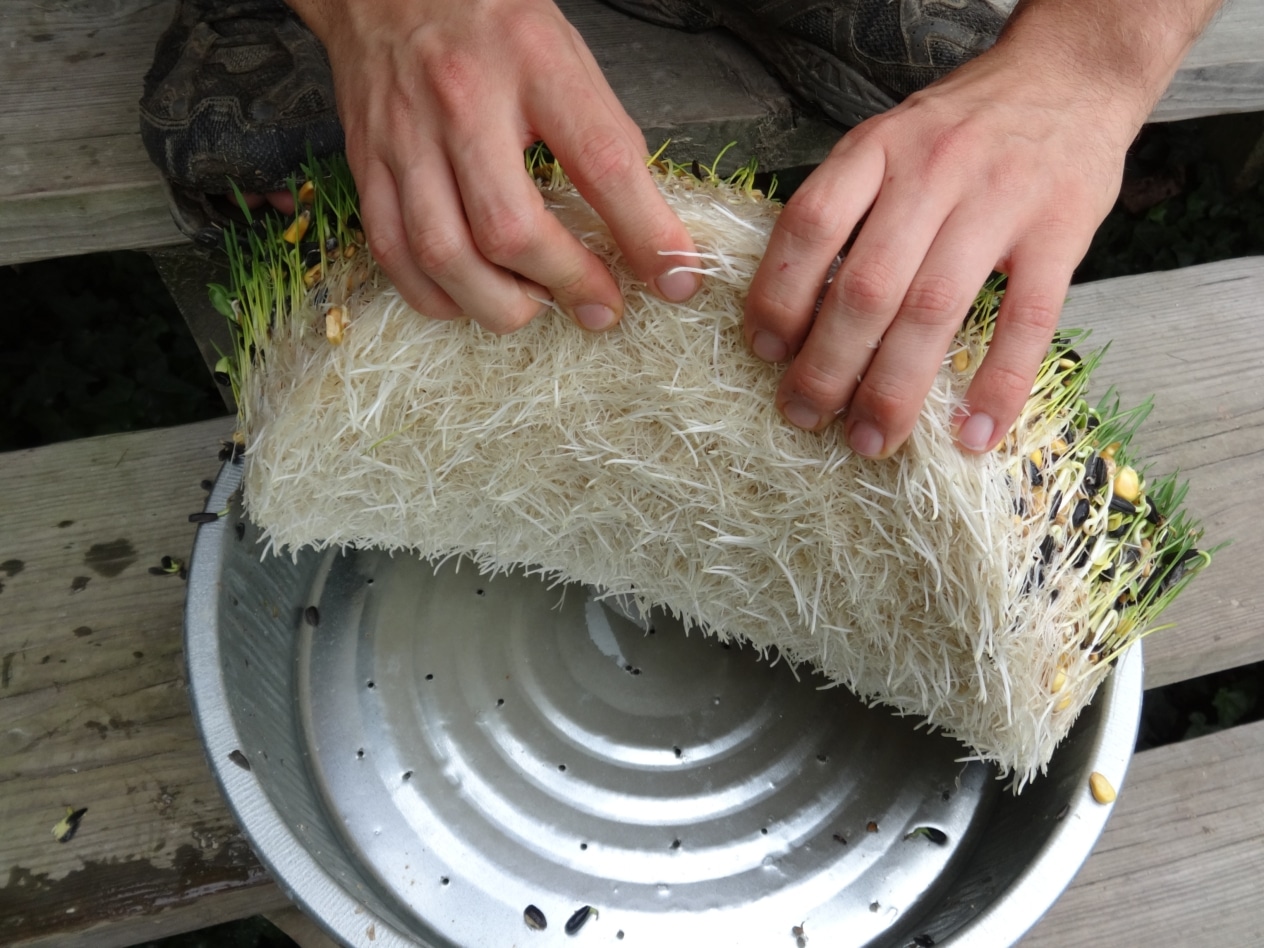
Benefits of sprouted grains for parrots
Parrots generally enjoy eating sprouted oats, wheat, millet and barley grains, so they can be offered as part of their food. Since during sprouting the grains significantly increase the content of antioxidants, amino acids, vitamins and minerals, which are converted into a more active and more digestible form, sprouted grains are a very useful part of the parrots’ diet. They help to strengthen the immune system of birds, maintain energy balance and keep them active throughout the day.
The high fiber content in sprouts helps to normalize the gastrointestinal tract of birds and helps to easily cleanse their body. Sprouts should be offered to parrots in fresh form as part of their diet, together with wet food. Especially female parrots should be fed sprouts during the breeding season.
So, we have already seen the benefits of sprouted grains in the diet of animals, and now the question arises: where to look for sprouts to feed pets? Let’s give some practical advice on how and where sprouts can be grown to feed pets. And here it should be noted that in no case should you collect grass for pets on the street, lawn or along the sides of highways. It traps dirt, dust, harmful mixtures from car exhausts and other harmful substances that can get into the animal’s body along with the plants. Also, grass grown on a lawn is likely to contain pesticides, which are toxic.
Only sprouted grains bought at a pet store or home grown from special seeds will be beneficial and, most importantly, safe for your pet’s health.
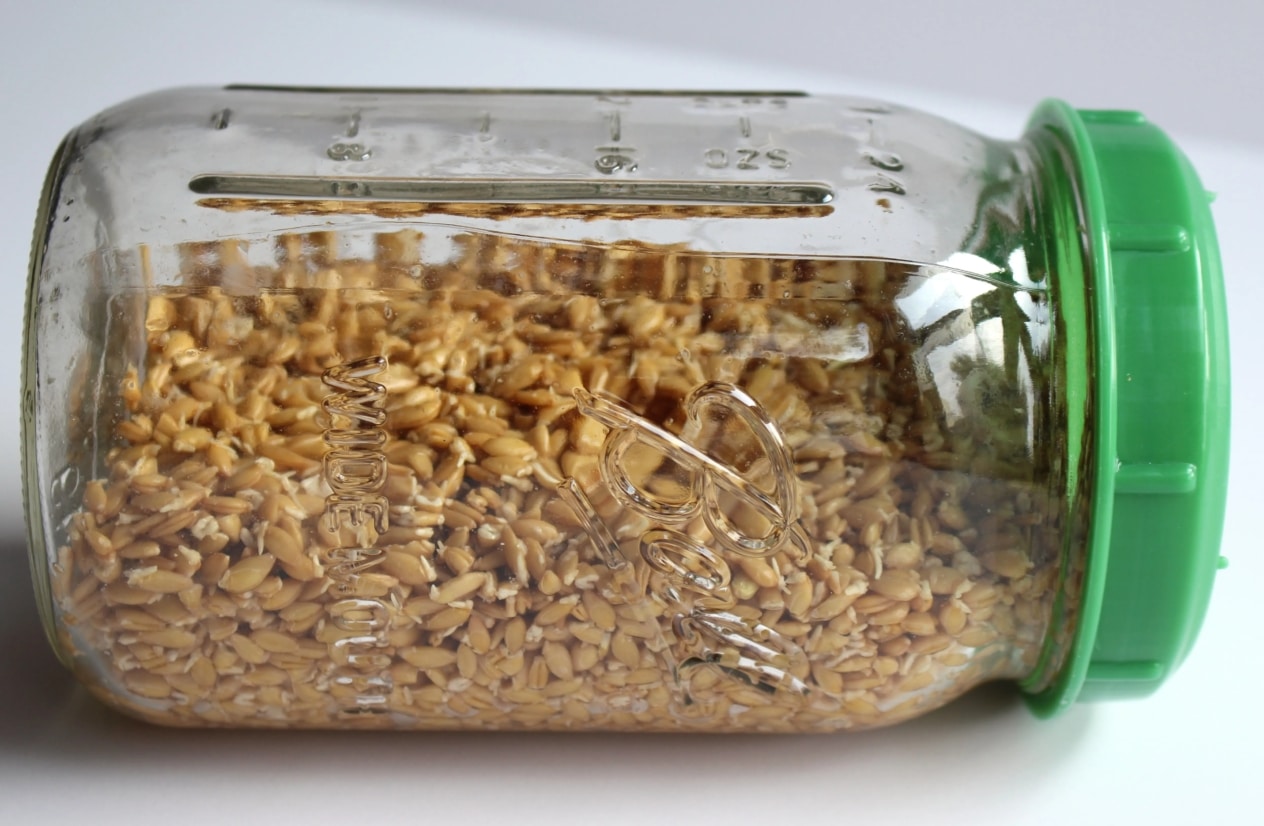
How to sprout grains at home
Choose quality seeds. Use only selected seeds for successful germination. Avoid grains that are misshapen, pale in color or spoiled. Grains that pop when washed should be discarded and not germinated. It is best to buy seeds for future germination in specialized stores.
Choose convenient containers for germination. In this case, you can use a wide-mouth glass jar, colander, sieve or a special container.
Sprout the grain correctly. You can sprout a single type of grain or a mixture, preferably in proportions of 1:1. Follow these steps:
Step 1. Rinse 1-2 tablespoons of seeds.
Step 2. Pour water over the seeds and leave them for 24 hours.
Step 3. Drain the water, rinse the seeds and spread them evenly on the bottom of the prepared container, before that cover the bottom with a damp cloth or gauze.
Step 4. Cover the seeds with a damp cloth or gauze. Step 5. Leave the container in a darkened, warm place. After 24 hours, move it to a place with access to sunlight. Be sure to moisten the cloth with water 2 times a day.
Seeds germinate very quickly, and after a day or two you can see the first sprouts 1-3 mm long. On the third day, the sprouted seeds are ready for eating. Offer your pet sprouts no longer than 6 mm in length, as they are the most pleasant to taste and useful. Sprouted grains should be cut off and stored in the refrigerator for no more than two days, and then the next portion should be sprouted.
Sometimes sprouts do not sprout, and there may be several reasons for this: improper drainage, chlorinated water, lack of ventilation, low or high room temperature and so on.
At first glance it may seem that germinating seeds is a complicated process, but it is worth trying once, and it will become clear that everything is very easy. Some owners of animals, having gained experience in germinating seeds for their pets, begin to grow ordinary greens for their own consumption.
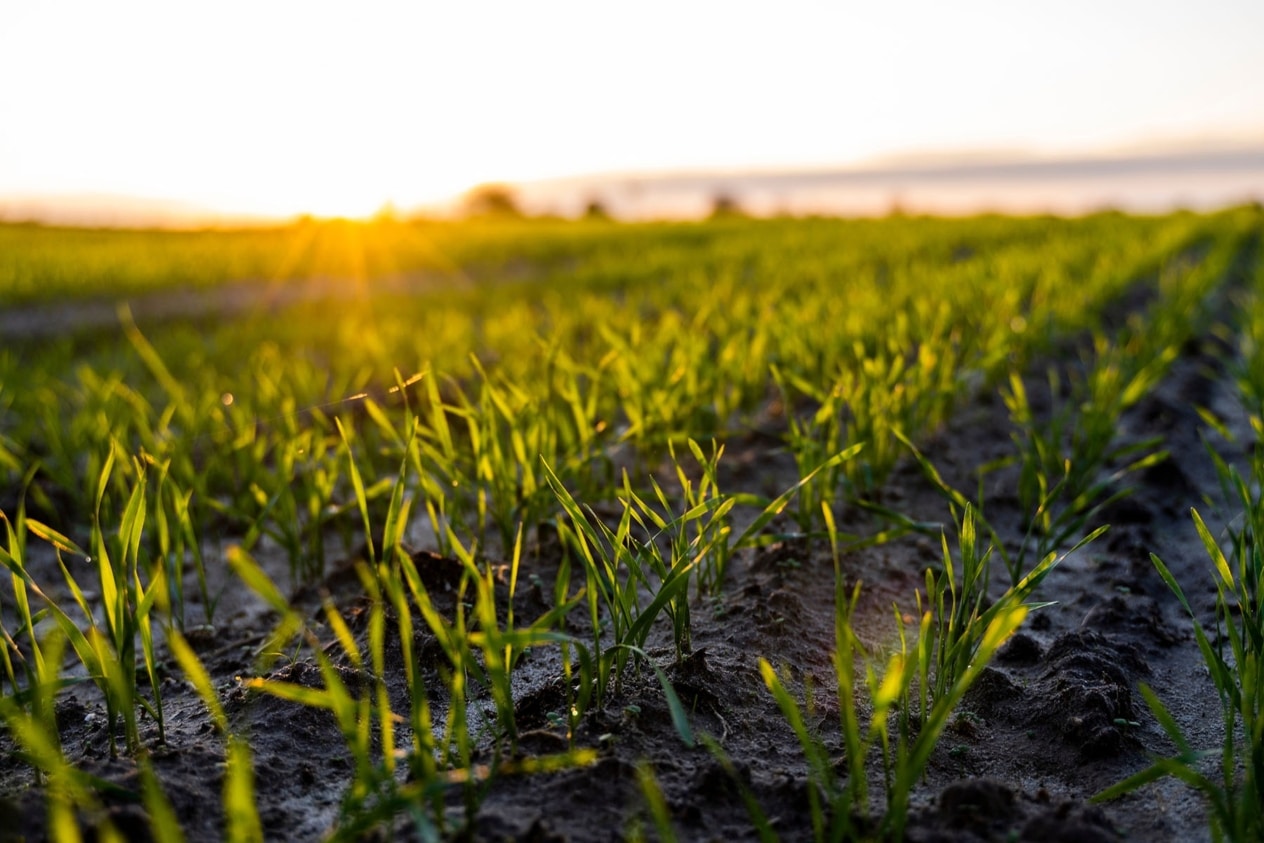
So, sprouting grains and seeds is a budget-friendly and easy way to make your pet’s diet more nutritious, healthy and varied. We will be glad if our tips will help you with this.

